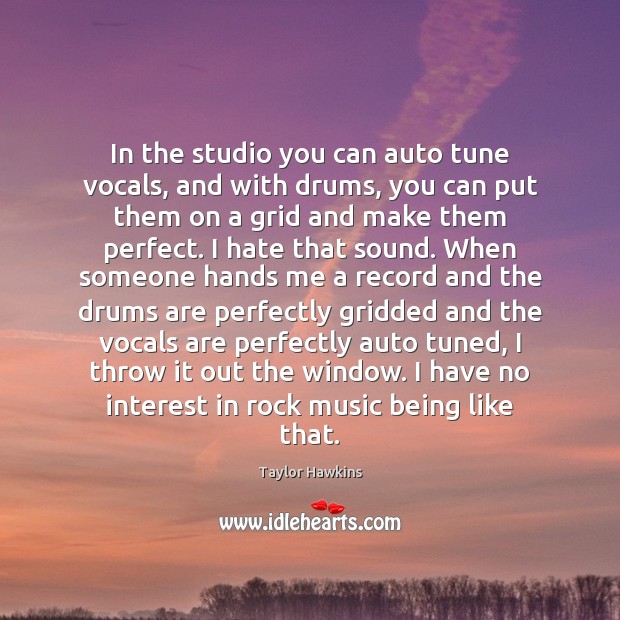There are many free apps out there or tuner machines you can buy that will help you do this. Bow the A string with a clear sound. If the tuner tells you the note is flat, or too low, reach down to the A string’s fine tuner and turn it about a half-turn towards the left, when the front of the cello is facing away from you. If the note is sharp or too high, turn the fine tuner towards the right. The cello has four strings which are tuned in perfect fifths, similar to the violin. The notes are: C, G, D, and A, in ascending order of thickness. The low C on the cello corresponds to two octaves below middle C on the piano, and many students use a piano to tune their cellos.
1 Answer
There are a a few methods; mainly, by ear or with a tuner.
Explanation:
With a Tuner:

These days, one can use an electronic tuner to tune a cello. Begin by bowing the open string you wish to tune and watch the tuner to see if the note is flat or sharp (or spot on).
- If the note is flat, you will need to tune it higher. To to this, turn the tuning peg corresponding to the correct string backward (counterclockwise), thus tightening the string and increasing its frequency.
- If the note is sharp, you will need to tune it lower. To do this, turn the tuning peg corresponding to the correct string forward (clockwise), thus loosening the string and lowering its frequency.
Note that the cello (as with other bowed string instruments) has both larger tuning pegs on the scroll and smaller, fine tuners on the tail piece below the bridge.
As the name implies, fine tuners should be used when the note in question is very near the desired note but slightly sharp or flat. Looking down at the fine tuners, you would turn them clockwise to make the string produce a sharper note, or counterclockwise to make the string produce a note that is more flat.
By Ear:
To tune the cello by ear, if you have a really good ear, you may simply play an open string and listen to see if it is the desired note.
Can You Auto Tune A Cello Youtube
Alternatively, you might listen to an electronically generated tone or a note played by another instrument (such as in orchestral tuning) that is known to be in tune that has the same pitch class (C, D, E, F...) as the note you wish to tune a string to. You would then use the tuning pegs to adjust the length of the string until you can produce the desired note.
You may also use harmonics to tune your cello if you know at least one string is in tune.
Harmonics occur at certain points along the string where a note can be produced by touching the string very lightly because it is divided such that it is vibrating in more than one length. There are several places where harmonics can be produced.
If you know, for example, that your A string is in tune, and you play a harmonic over D4, you can use this note to tune your D3 string. You can then use the harmonic over G3 on the D string to tune your G2 string, and the harmonic over C3 on the G2 string to tune your C2 string.
Related questions
Impact of this question

Can You Auto Tune A Cello Guitar
Creative Commons License